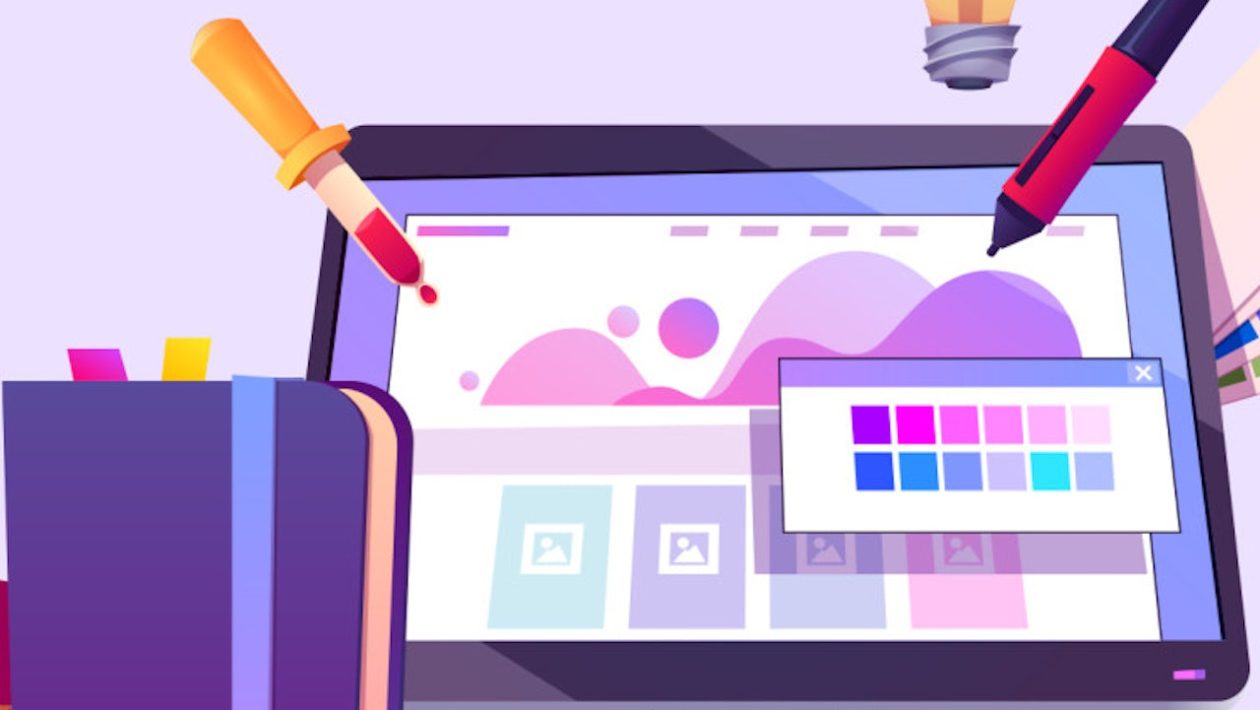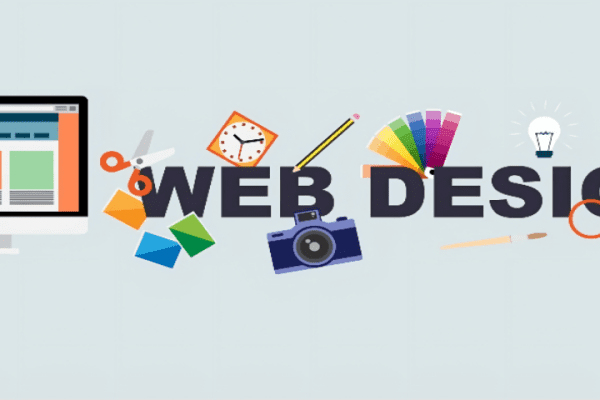A professional web designer not only takes care of what your website looks like but also how it is organized and structured. Good web design must look convincing in order to form the foundation of the project on which everything else is built. The web agency or web designer must understand your goals so that every element on your page can be planned, placed, and optimized with these specific goals in mind. Let’s learn some basics together with SECLGroup
Goals
The goal of almost every website (or web project) is to present your company and/or convince visitors and potential customers to purchase services, information, or products. The success of the website (and the company) is based on how this project is planned and designed. Each element of the page must be useful and convince the user or potential customer to return or perform an action (conversion) according to the goal definition.
A good website must pursue a clear goal and convey to visitors what is offered and what the advantages are. Visitors want to know what to do; otherwise, they will feel lost and leave your site without coming back.
Planning and structure
Planning a website is the most important step toward implementing a successful web project. All information is processed, and a plan is drawn up. Like house construction, everything is planned and written down. All necessary information is bundled and processed. For this, it is a very good idea to consult a professional if you have little experience in web design.
The goals are discussed and defined in writing with the customer, the orientation is planned, languages are determined, and locations and target groups are worked out. Other important elements, such as navigation, are designed. Content and materials such as images, photos, and graphics are collected and sorted. The sitemap is planned and enriched with all important information about the project. All these are necessary and important steps in the conception of a website or web design.
Design
A professional web designer knows how users interact online and which website areas are suitable for bringing visitors to action. Therefore, your page is not only designed with visual elements but also considers your visitors’ psychology. When designing a website, the right elements should be in the right place; there should be no concerns, showing less or focusing each individual page only on a specific niche or topic.
People access the Internet from many different devices. One must ensure the platform is displayed correctly on different screen types: it is called responsiveness. Your website must be 100% responsive to ensure a consistent user experience for your entire audience. The web designer will take different approaches into account based on his experience. Only the best web agencies and web designers can ensure that your website can deliver the same quality on different devices.
Images, graphics, photos, and videos must inspire. A well-chosen video, photo, or graphic will entertain your audience while watching, convey relevant information or convince a user to perform the desired action.
Technical part
An important criterion for a successful project is the CMS (Content Management System.
The CMS is the engine of the website, and it should, of course, run smoothly. There are many technical criteria to consider, such as expandability, compliance with certain web standards, and, above all, the simplicity of managing the content. Automations play an important role here, saving efforts and relieving annoying tasks. The CMS must meet certain security standards. If the engine runs well, nothing stands in the way of good web design.
Users expect a web page to load in 2 seconds or less and 50% of users leave your page if it takes more than 2 seconds to load. To optimize the speed of your website, you need a professional web designer and programmer with extensive experience. Fast-loading websites are a combination of many factors: nice code, forward-looking planning, targeted design, well-thought-out content, optimized images, and tested and optimized hosting settings.
Each media element must be optimized for the web. Therefore, images must be brought to the right size and format to ensure that they are displayed correctly and loaded quickly so as not to annoy visitors. In addition, since the development of Retina screens, the images must be adjusted so that they are displayed sharply specifically for this generation of screens.
Search engines, SEO, and online marketing
Web design also plays a comprehensive role in the field of search engines and online marketing. The web designer must think of the possibility of creating landing pages to be easily created and optimized at any time. Sitemaps, navigation, and usability also influence the search positions of the project. Project-experienced web designers will not disappoint you here.
The right CMS will become a golden egg in terms of SEO because many criteria can positively influence web design and the project and support you in allocating the right levers. Here we are talking, for example, about automation and analysis of the content, intelligent suggestions for internal linking, automatic optimization of the media and images in the background, speed optimizations, automated sitemap submission, ping functions, redirection management, caching automation, and so on.
Understandably, it is next to impossible to inform you about all the important nuances of web design. Hopefully, now things are more transparent than before.


